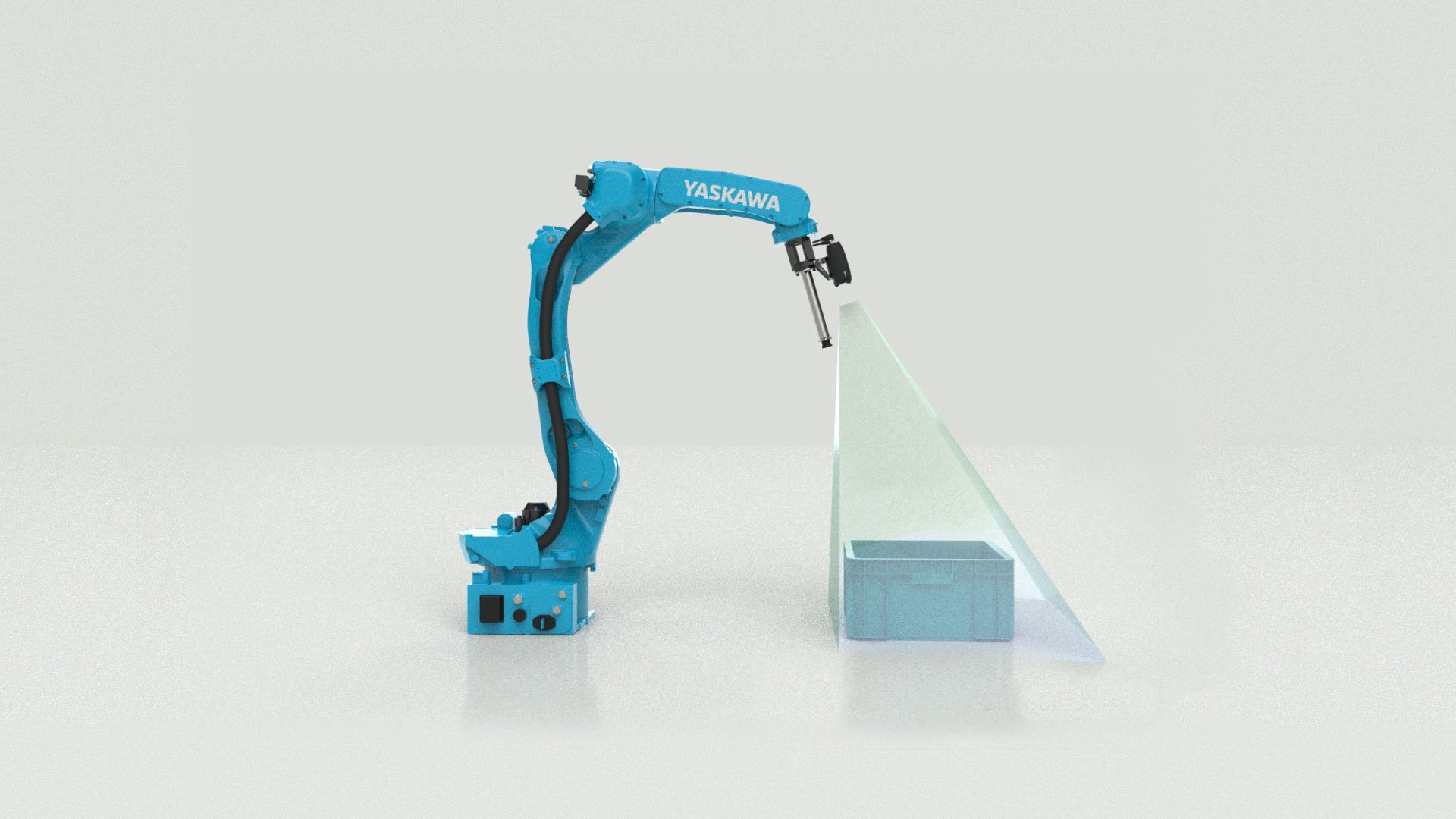Get Faster Cycle Times using Monochrome Sampling from Zivid 3D Vision
The latest Zivid SDK 2.10 has a raft of new features to ramp up your automation projects with improved speed, functionality, and ease of use. In this blog we will look at a feature that significantly improves capture and processing speed and thus enables robot cells to operate at optimum speeds.
x5 faster captures using Monochrome sampling
This feature is a major enabler for reducing capture times, in fact, it enables captures that are up to five times faster than previously. When using the monochrome sampling mode, the point cloud size is compressed x4. This compression offers similar point cloud quality with the advantage of much faster point cloud processing. This is a major advantage in applications in industry that have stricter cycle time requirements.
A high-flexibility projector
The Zivid 2 and 2+ 3D camera families have a powerful, dynamic, and adaptable projector system. A new capability that we now have added is that you can specify which color you want to project and sample from. The new projection color modes use blue or red light only, in addition to the white light that we already had. By leveraging the new red or blue projection modes, it now becomes possible to gain major time savings from only sampling that specific color wavelength. There is no time penalty associated with switching between modes.
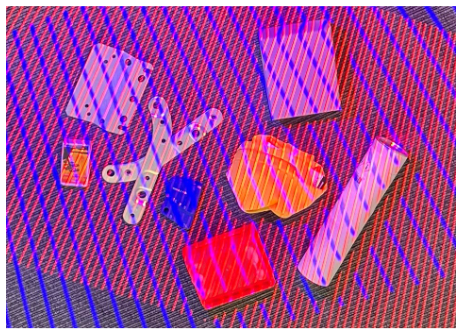
Fig. 2 Monochromatic projection on a range of items
(2 x Zivid 3D cameras with 1 x red patterns and 1 x blue patterns)
3D + 2D unified data
A genuine advantage of all Zivid 3D cameras is the fact that all camera data is provided in a pixel-by-pixel approach. What this means is each set of data is independently associated with its pixel of origin, the data from each pixel is the following:
- 2D data (RGB)
- 3D data (XYZ)
- Depth map data
- Surface normals data
- Signal-to-noise ratio (SNR)
This unified pixel-wise data format is much easier to process and means there are no intrinsic or extrinsic calibrations necessary to align the different data being used.
When we carry out monochrome sampling, we can simply select the pixels of interest: red, blue, or white, and discard the others.
Multi-camera possibilities
A nice feature of using monochromatic light projection is the ability to operate multiple cameras on two distinct chromatic frequencies at the same time for dual simultaneous capture.
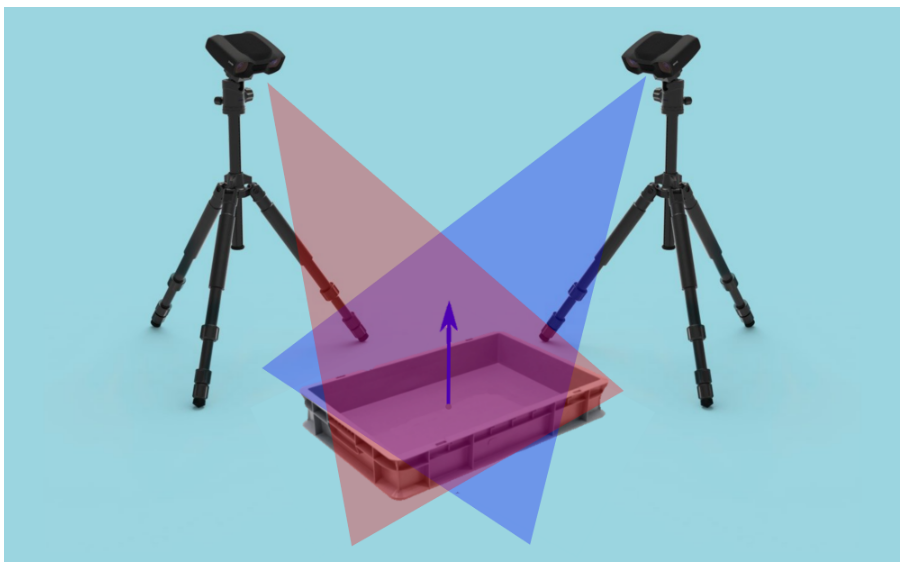
Fig. 3 Use of dual capture using two Zivid 3D cameras and red and blue light sources
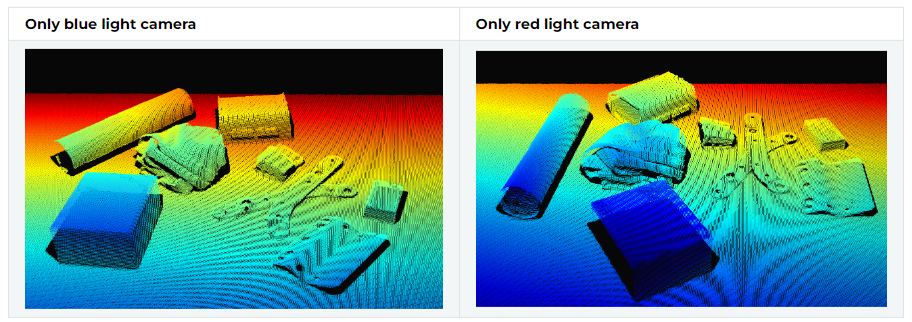
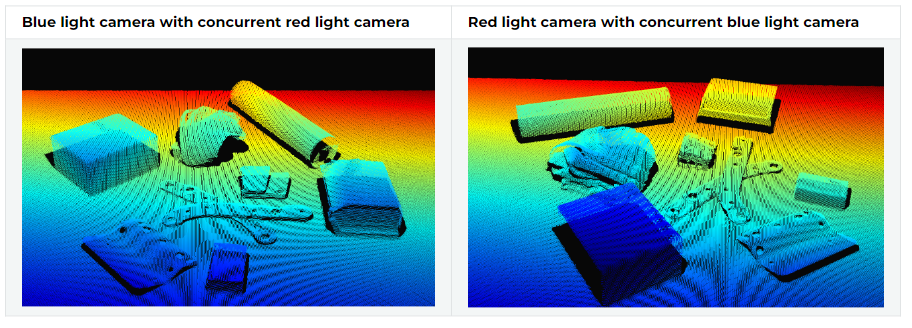
Fig. 4 point clouds using monochrome alone and dual monochrome
The monochrome feature employs red or blue light which is at opposite ends of the visible light spectrum, with very clear separation, as seen in Fig. 5. This means there is minimal crosstalk between these two colors from an LED light source.
This enables two Zivid 3D cameras to work in the same situation and each one can easily filter out the light source of the other.
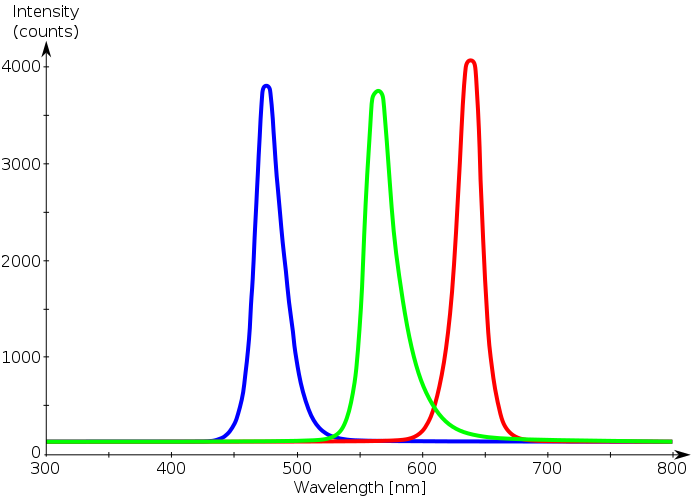
Fig. 5 Frequency spectrum of red, green, and blue light
Same high calibration accuracy
The unique Zivid calibration system is designed to handle all calibration irrespective of whether monochromatic sampling or white light is used. It is designed to stay calibrated without any additional work on your part.
Better resilience to ambient light
The use of monochrome sampling also has the benefit of better ambient light resilience. The bandpass filters for red and blue are significantly narrower than that used for green. This helps to reduce overall noise. Visible light has a predominant green component and by being able to filter this out we reduce noise and improve the dynamic range.
Mix and match 2D and 3D data to match your needs
With this feature in SDK 2.10, you have total flexibility to capture 2D and 3D in the way that suits your application best. For example, you can choose from the following options:
- 3D-only capture (No 2D, no color).
- 2D + 3D capture in 3D grab (full RGB point cloud).
- 2D image full resolution + 3D sampled (RGB point cloud).
- 2D image full resolution + 3D sampled (blue or red monochromatic point cloud).

Fig.6 Full-color point cloud and monochrome point cloud (Rendered as pink in Zivid Studio)
To sum up
With this flexibility, you can use the best quality 2D for your detection algorithms, optimize for the 3D, and reap the benefits of much faster (up to x5) total capture times with no loss in point cloud quality. The ability to work in monochrome brings better ambient light resilience and often adds a boost to the overall dynamic range. It is especially beneficial in the world of manufacturing where the requirements for a color point cloud are rare, but the need to get the fastest captures and robot cycle times is a topline item.
If you want to take a deeper dive into monochrome sampling, please check out the article in our Knowledge Base.
Experience the unique Zivid 2+ advantage today by booking a demo with our expert 3D vision team:
You May Also Like
These Related Stories
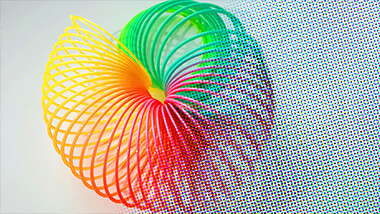
Collaborative robots need flexible 3D vision
.jpg)
Why robot-mounted is the future of 3D machine vision
